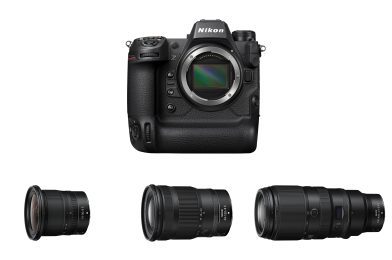Backing up digital content isn’t just a technical step—it’s an essential safeguard for protecting precious memories and critical data. A robust backup strategy ensures that your files are secure and accessible, no matter what unexpected challenges arise. Let’s explore a workflow tailored for photographers, videographers, and brand storytellers.
The Evolution of Backup Practices
Over the years, storage methods have significantly evolved. While CDs and DVDs were once popular backup choices, their limited storage capacity and slower access times have made them obsolete. For the past decade, I’ve transitioned entirely away from optical discs. Now, solid-state drives (SSDs) serve as my primary storage medium for working on photo and video projects.
Once a project is complete, I take a layered approach to backups:
- Primary Storage: Finished images are uploaded to platforms like PhotoShelter (for photos) and Vimeo (for videos). These platforms provide secure, cloud-based storage and easy accessibility for clients and collaborators.
- Secondary Backup: Projects are archived on a NAS (Network Attached Storage) system, specifically Synology, which offers advanced file management and data integrity features.
The Importance of Multiple Backups
Copying files from one drive to another isn’t sufficient to ensure their safety. Hard drives can fail, SSDs can become corrupted, and even well-maintained systems can encounter unexpected issues. That’s why I follow the 3-2-1 rule:
- 3 Copies of your data
- 2 Different types of storage (e.g., local drives and cloud services)
- 1 Off-site backup
Using PhotoShelter as part of this strategy provides several advantages. It offers built-in redundancy, meaning multiple backups are maintained on their end. Additionally, its user-friendly platform allows for secure sharing and customizable permissions, making collaboration effortless.
Enhancing Data Protection with RAID Systems
Implementing a RAID (Redundant Array of Independent Disks) system is an excellent way to bolster data protection for home office setups. RAID uses multiple hard drives to ensure redundancy. For instance, if one drive fails, the system allows you to continue accessing your files from the remaining drives while replacing the faulty one.
Key Takeaway
Your digital content is valuable—both to your creative vision and to your clients. Adopting a modern, layered backup strategy using SSDs, cloud platforms like PhotoShelter or Vimeo, and a reliable NAS system like Synology ensures that your work is safe and easily accessible. By leveraging these tools, you can confidently protect your projects and deliver a seamless experience to your audience.
In conclusion, having multiple backup copies of your digital content and a secure cloud storage solution is crucial. By following a backup strategy that includes various backups and different media, such as CDs, DVDs, external hard drives, and cloud storage, you can ensure the safety and availability of your photos and other digital content. Additionally, exploring technologies such as RAID systems can provide extra protection and peace of mind.






















